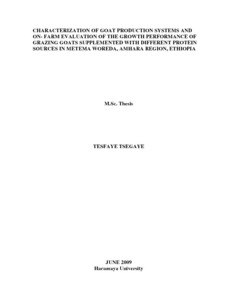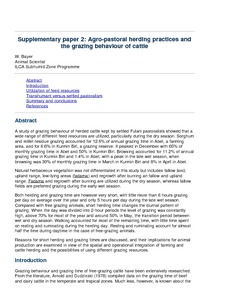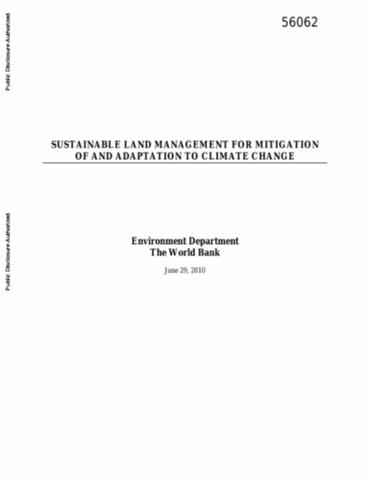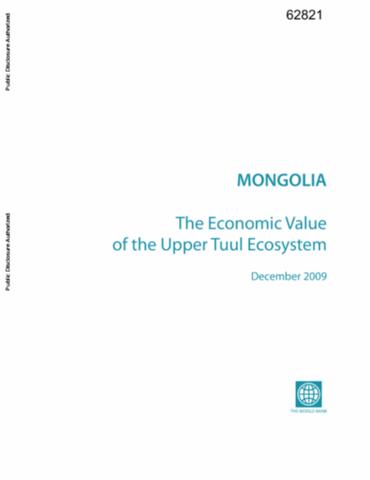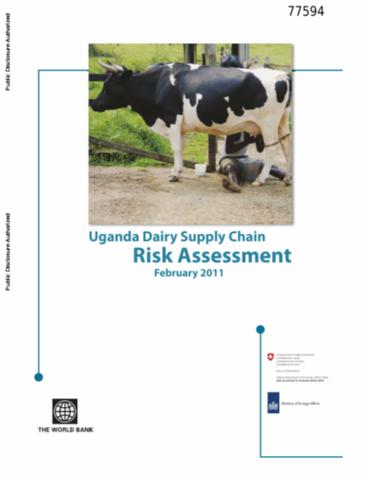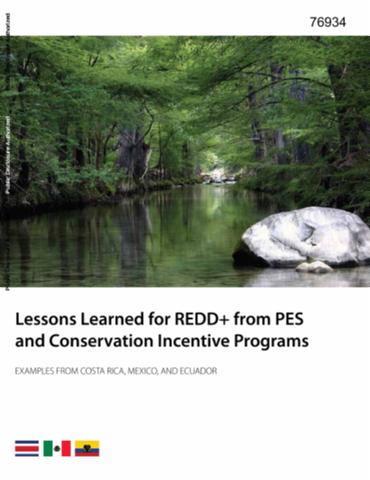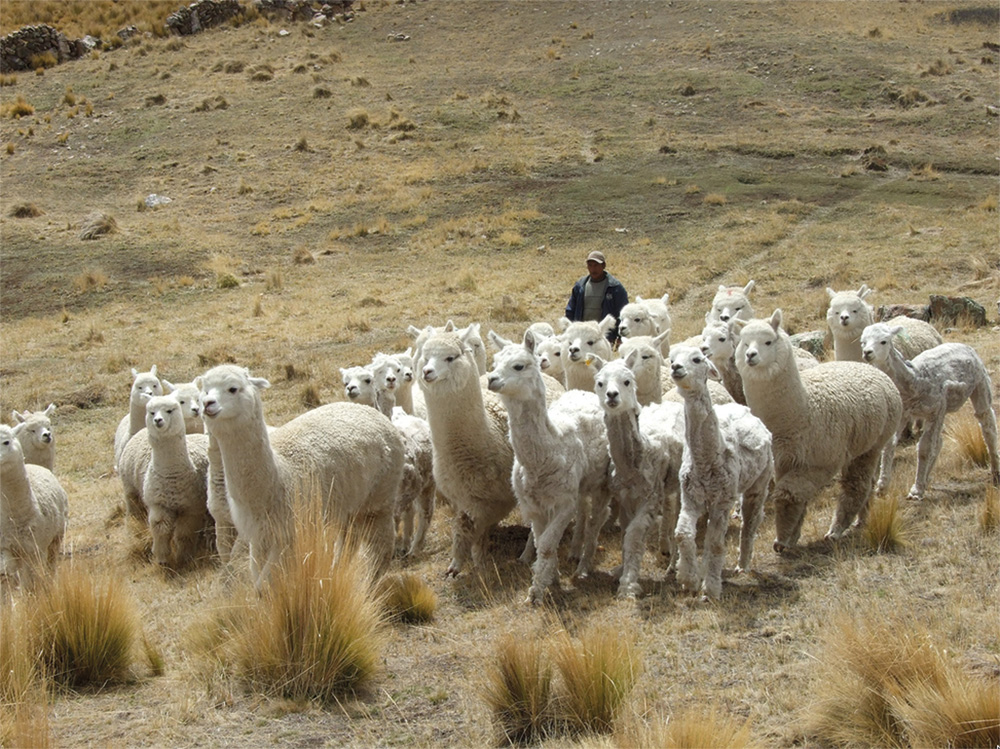Communal grazing and range management: The case of grazing associations in Lesotho
In recent years governments and donor agencies have devoted considerable resources to efforts to improve the management of communal grazing lands. Range and livestock projects have been designed to address such familiar pastoral problems as endemic overgrazing of rangelands, often leading to permanent degradation of vegetation, soils, and water resources, and reduced livestock productivity, adversely affecting the welfare of rural people.


